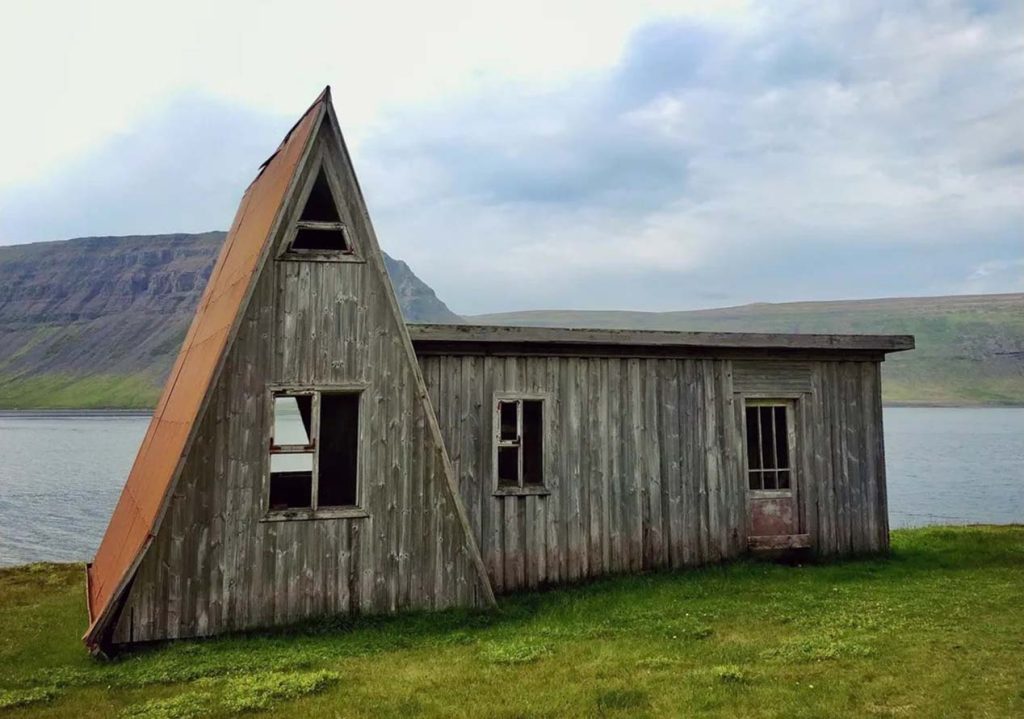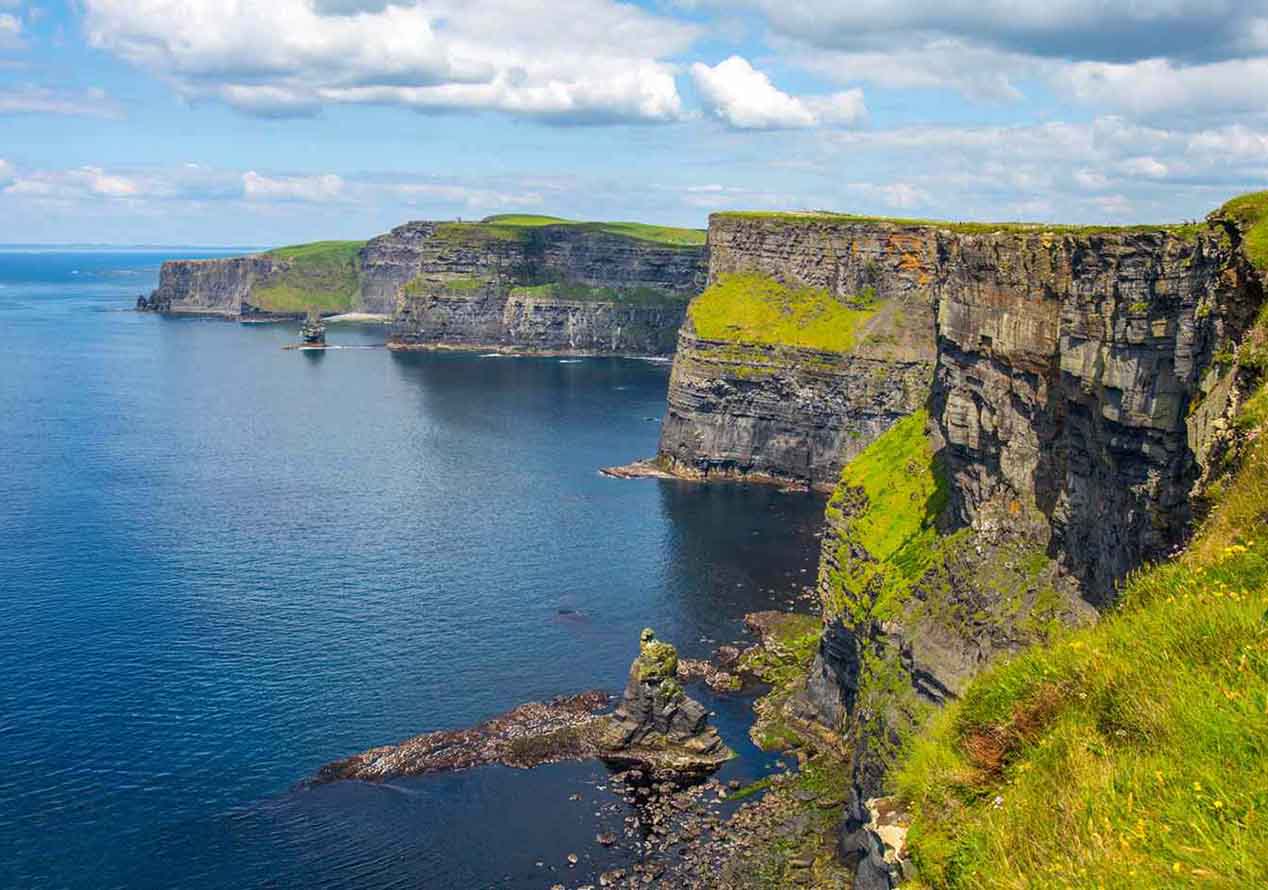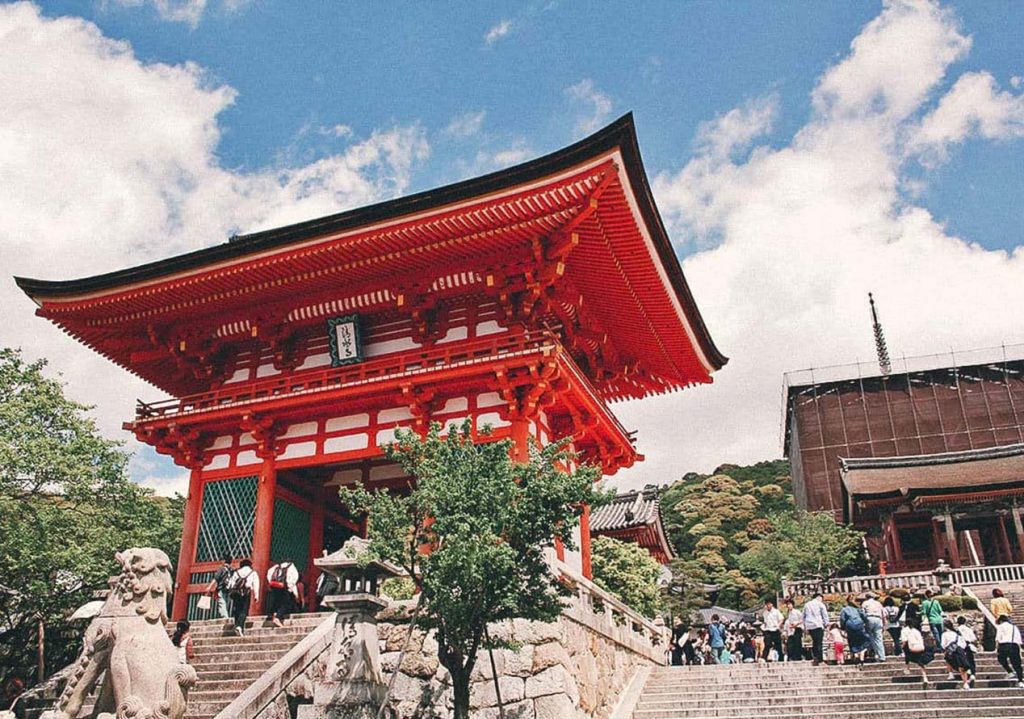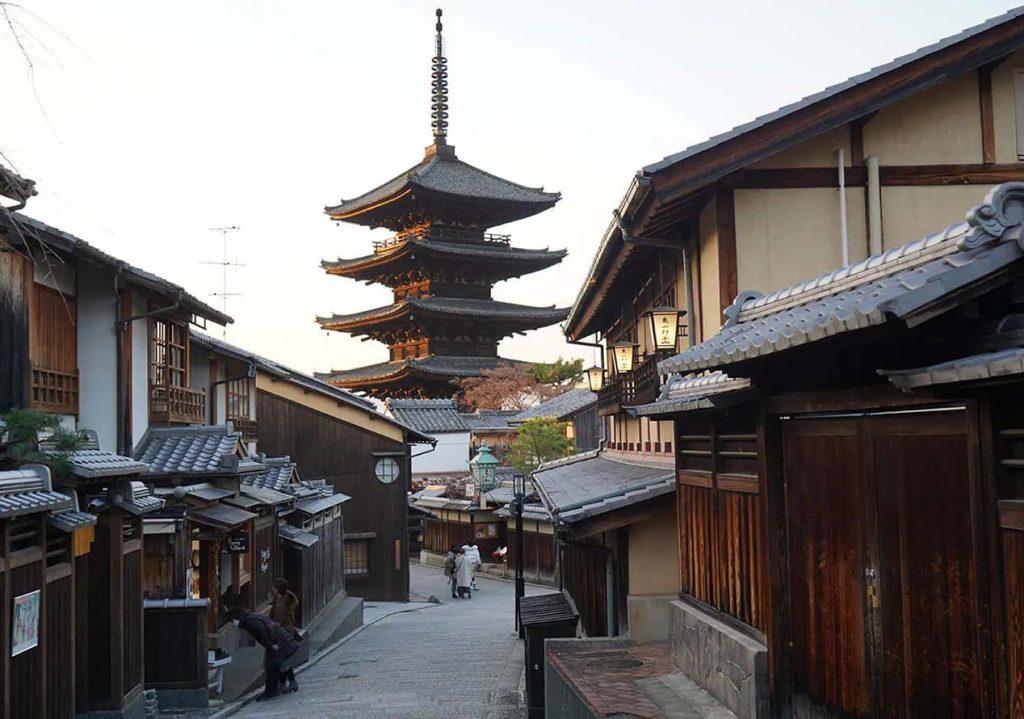1. Morning Mist and a Promise of Salt
When I stepped out of the small guesthouse on Kirk Brae, the morning was cloaked in a heavy veil of sea mist. The town of Fraserburgh was only just beginning to stir. A lone gull cawed overhead, and the scent of saltwater crept in like an old memory. The street was slick with dew, and distant waves rumbled behind the fog like an approaching orchestra tuning up before the first note.
I had studied the coastline of Aberdeenshire for months before making this trip, tracing routes on outdated maps and reading through old walking reports like sacred scripture. There was something magnetic about this eastern edge of Scotland—a blend of weather-beaten solitude, Norse echoes, and raw, romantic beauty. The cliffs to the south and west of Fraserburgh had whispered to me across photographs and tide charts.
I took a deep breath and tightened the laces on my boots.
2. Leaving Town: From Harbour to Heather
The trail didn’t begin with drama. It crept out from the edge of town almost shyly, through a series of lanes winding past the old harbour. Here, the town’s fishing heritage loomed large: rows of weathered boats swayed gently in the water, their hulls a patchwork of chipped paint and rusted bolts. A handful of fishermen were already at work, and their voices carried across the water in Gaelic-inflected tones, sharp and musical.
I paused by a trawler named The North Wind. It seemed more sculpture than ship now, permanently moored, its netting tangled like seaweed. The smell of diesel and fish lingered in the air.
Soon, the houses fell away. The ground turned uneven beneath my boots. Heather began to appear in clumps—purple and stubborn—dotting the path like quiet flags. I followed a well-worn track up a low rise, and then the land opened before me.
The drop came suddenly. The North Sea spread out before me, stretching towards the horizon like a pane of hammered silver. The waves, capped in white, hurled themselves against jagged rock with astonishing fury. Wind whipped around my face, carrying the unmistakable scent of salt, seaweed, and wet stone.
3. The Cliffs of Mains of Rathen

The path twisted southward, hugging the cliffs near Mains of Rathen. Here the land falls into the sea in spectacular fashion—layers of old granite and schist folded into impossible formations. From a vantage point just beyond a weathered fencepost, I looked down on a collapsed sea arch, now more memory than monument. The foam churned below like a living thing.
The wind here was unrelenting. It tore at my jacket and turned my scarf into a whip. But it carried voices too—echoes of gulls, distant boat engines, and the occasional bleat of a sheep from some hidden pasture inland.
For a while, I walked without direction, letting the cliffs decide the route. The path wasn’t always clear. Often it disappeared entirely, replaced by instinct and caution. Patches of gorse snagged at my trousers, their yellow flowers bright against the grey sky.
I stopped near a rocky outcrop, where a low stone wall had partially collapsed. Here, I sat and unpacked a small lunch—thick slices of oatcake, local cheese, and a flask of hot tea. The wind had calmed slightly, allowing the sound of the waves below to rise uninterrupted.
A curious seal surfaced in a tidal pool far below. It stared up at me with unblinking eyes, then vanished.
4. Strichen Stones and Seabirds
Continuing further south, the land dipped toward a narrow inlet where seabirds congregated in uncountable numbers. Puffins, kittiwakes, and razorbills darted and swooped along the ledges, their cries forming a cacophony that echoed across the rockface.
This stretch—near the ancient Strichen Stones—is often overlooked in guidebooks. But there’s an almost spiritual quiet here. The stones themselves, scattered irregularly across a high knoll, are older than Christianity, older than the clans. No plaques mark them. No signs explain. They simply are.
A pair of oystercatchers scurried past as I approached. I touched one of the stones, warm from the rare appearance of the sun. It felt like pressing against the skin of time itself.
The view from this high point was unparalleled. To the north, Fraserburgh’s harbour glinted in the distance. To the south, the cliffs rolled on endlessly, wrapped in fog and bird-cry.
5. The Edge of the World: Cairnbulg and the Forgotten Coves
By late afternoon, the path grew narrower, and the cliffs steeper. I found myself descending toward Cairnbulg, a smaller village nestled quietly against the curve of the coastline. Its beach—stony and wild—was deserted. Wind-scoured driftwood littered the shore, bleached and twisted like sculptures from another world.
I walked barefoot for a time here, letting the cold sting of pebbles ground me. The tide was retreating, revealing pockets of marine life: barnacles, anemones, and sea glass scattered like fragments of memory.
Behind me, the path I’d taken had vanished from view, swallowed by the curve of the land. Ahead, a narrow trail led back up toward the cliffs. I followed it, passing beneath a natural stone arch formed from millennia of erosion. My fingers brushed its underside as I moved beneath it. It felt like walking through a cathedral door.
6. The Long Light of Dusk
The light began to change in that unmistakably Scottish way—long, golden, and unhurried. Shadows stretched toward the east. The sea caught fire, burning orange and rose. Every blade of grass, every fissure in the rock seemed sharpened by the angle of the sun.

I came upon an abandoned croft overlooking the water. Its roof had partially collapsed, but the stone walls stood firm. I stepped inside. The air was damp but not unfriendly. Through the empty window frame, the sea was perfectly framed—an ever-shifting painting.
There I sat for nearly an hour, unmoving, letting the hush of evening settle into my bones. When I finally rose, the stars were just beginning to prick the sky.
7. Nightfall on the Path to Sandhaven
The final leg took me along a gentler trail toward Sandhaven. Moonlight played tricks with the terrain, turning tufts of grass into imagined movement and stones into whispers of past travelers. A soft mist had begun to roll in again, and the lighthouse at Kinnaird Head blinked steadily behind me—a silent guardian.
I arrived in the village as the clock struck ten. A single pub was still open, its windows fogged with condensation and warm light. I stepped inside, boots muddy, coat smelling of sea and stone. No one stared. A nod from the barman. A dram of whisky placed on the counter. No words needed.
I sat by the fire, letting the heat slowly undo the cold in my hands.
8. A Return to Silence
The next morning, I returned to the cliffs, this time in reverse, walking north back toward Fraserburgh with the wind at my back. The same path looked different—less foreboding, more familiar. The sea seemed calmer, the birds louder. I noticed details I had missed the first time: a rusted horseshoe nailed to a fencepost, initials carved into a fallen tree, a single fox track in the mud.
Near the edge of the town, a small bench overlooked the harbour. I sat for a while, sipping the last of my tea. The town was awake now, bustling faintly. But out here, just beyond its reach, the cliffs still held their secrets, still whispered their stories to anyone willing to walk long enough to hear them.



